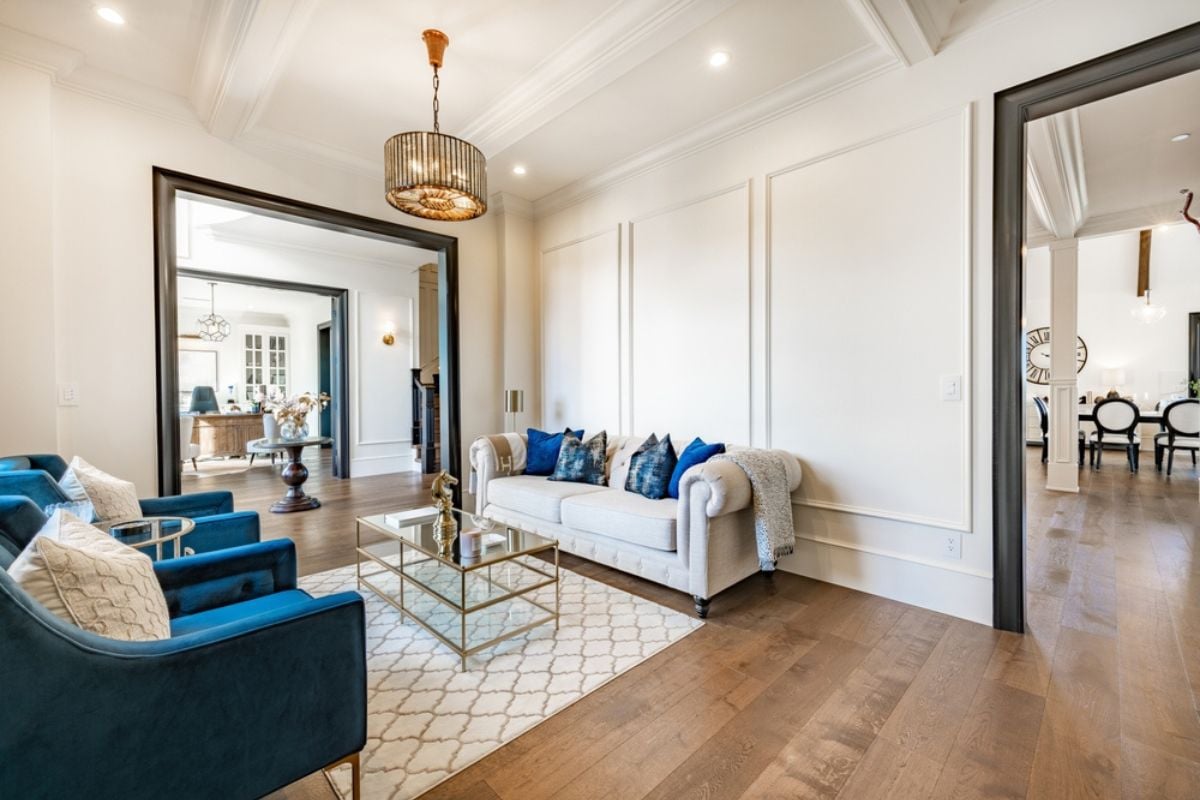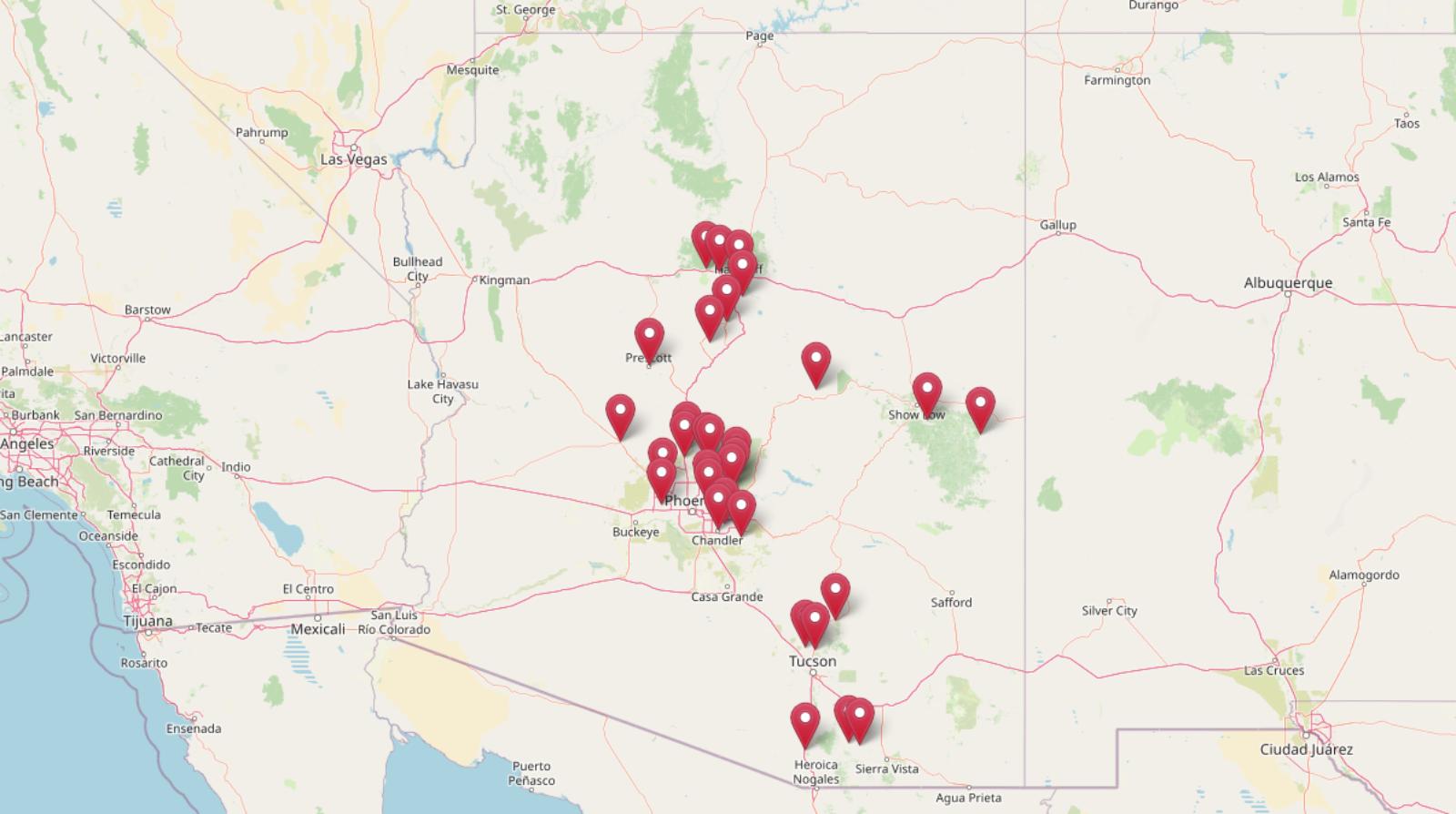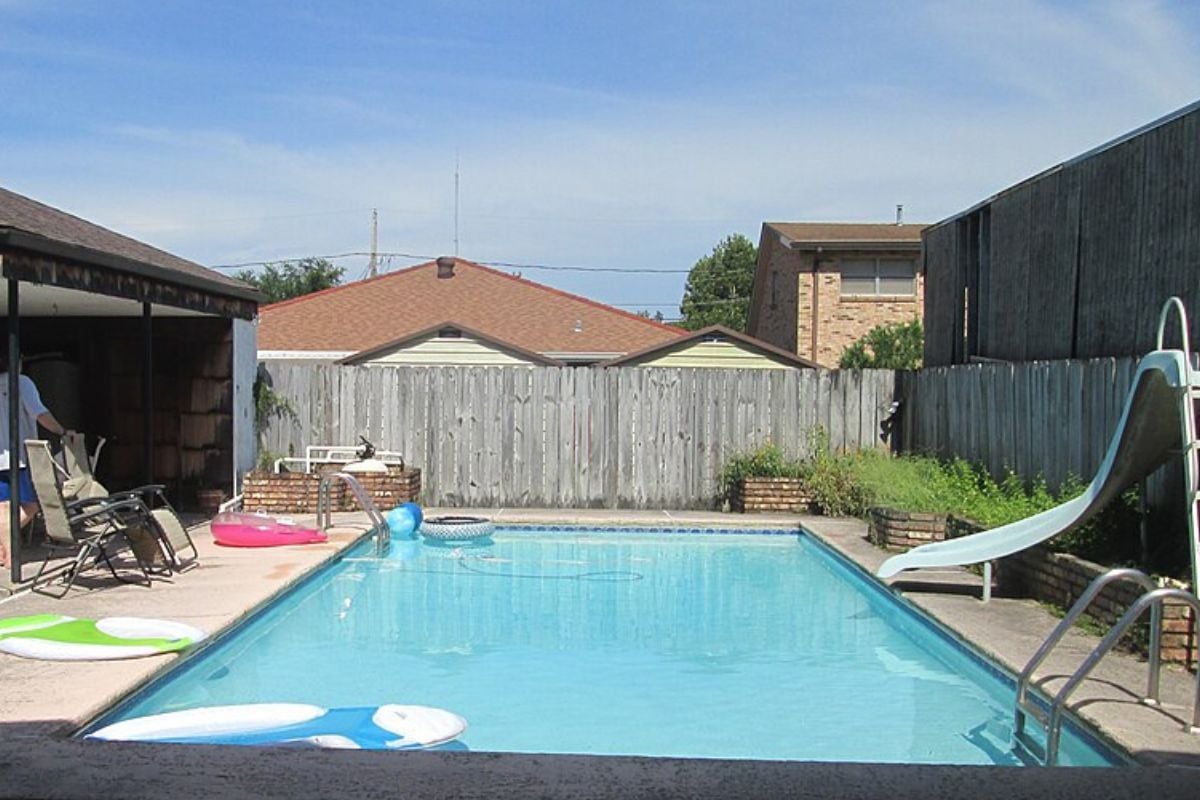
Owning a pool sounds like the ultimate backyard dream, but not every feature makes buyers want to dive in. In fact, some pool designs and upgrades quietly sink resale value by creating more hassle, higher bills, or outdated style.
While sellers might think these details add luxury, savvy buyers see safety issues, looming maintenance, or wasted space. From oversized deep ends to outdated gadgets, the wrong pool choices can make your home feel more like a money pit than a retreat.
Before listing your home, it’s worth knowing which pool features charm buyers—and which ones send them swimming the other way.
29. Unpermitted Pool or Missing Paperwork
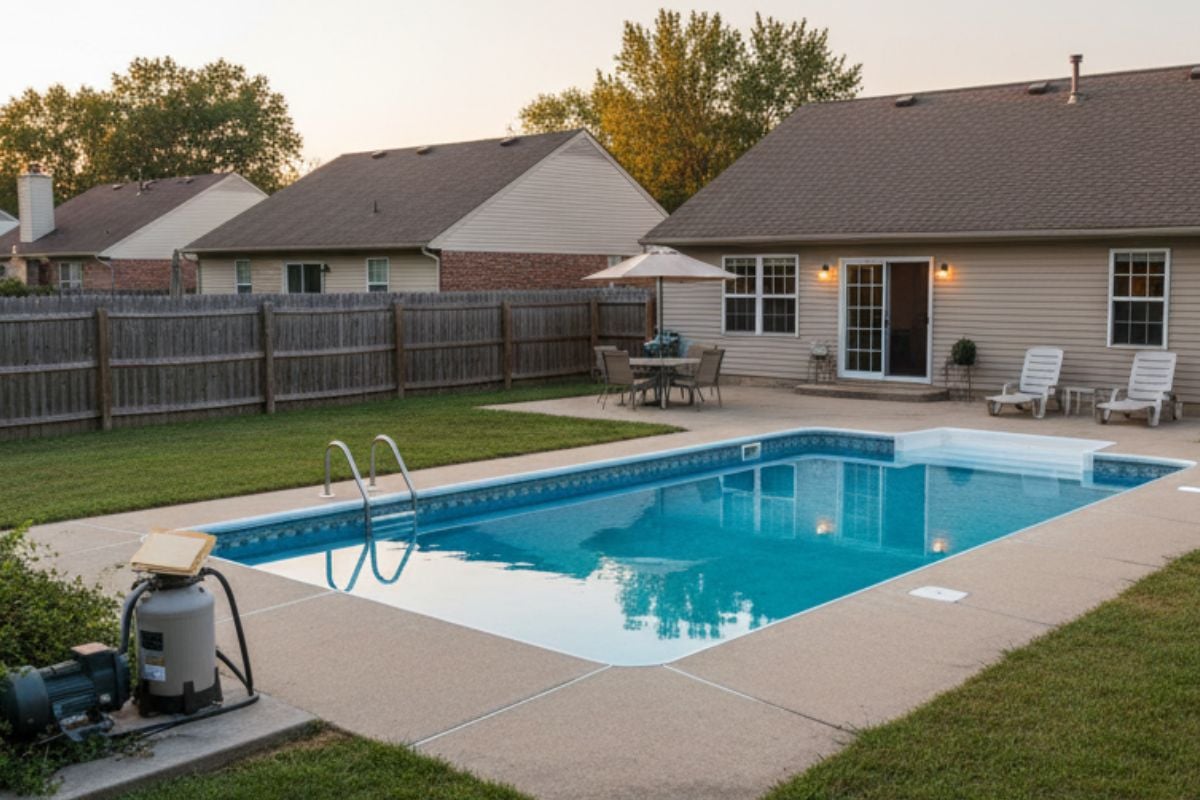
Nothing makes buyers sweat faster than learning a pool isn’t properly permitted or lacks the right paperwork. Without the official approvals, an appraiser may undervalue the property, or worse, the city could require expensive corrections.
Buyers immediately see a financial red flag since they might be liable for bringing everything up to code. At the end of the day, no one wants to inherit a legal headache along with their dream pool.
28. Pool Too Big for Lot Size
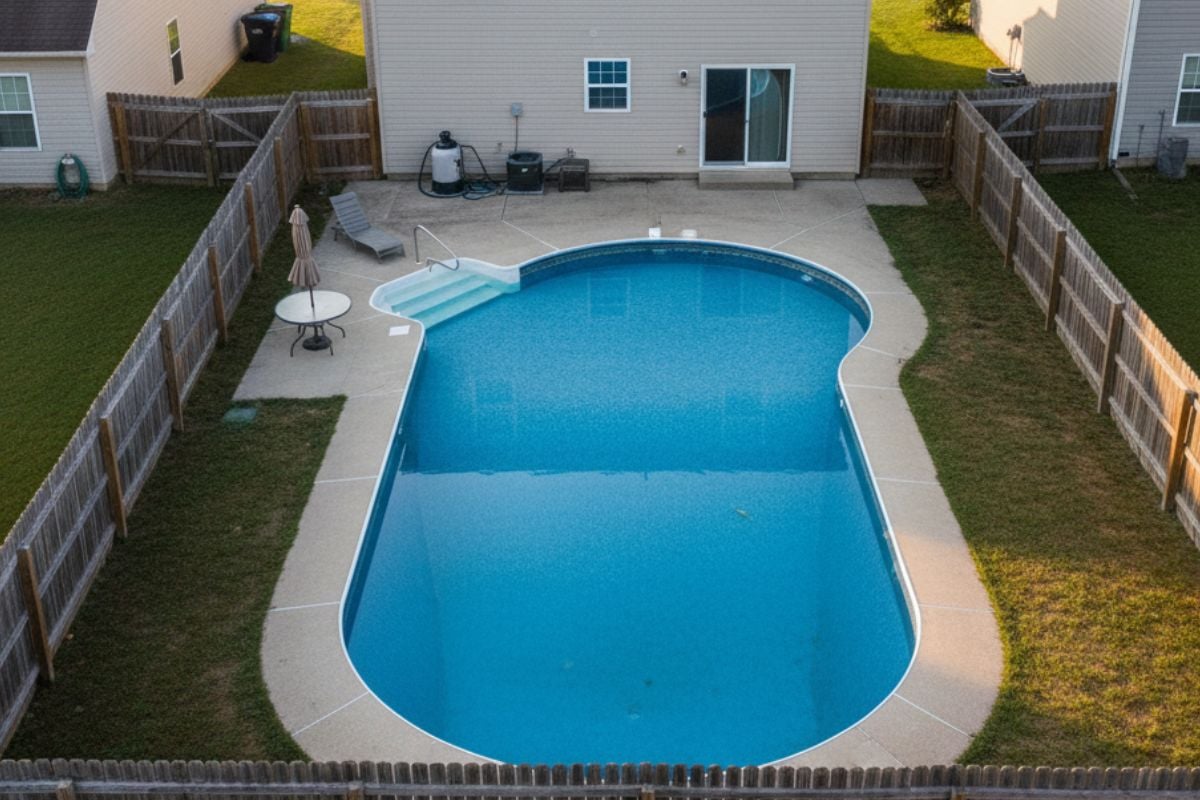
When a pool takes up most of the yard, it stops being a luxury and starts being a burden. Buyers like a balance between outdoor living space and water features, not a concrete moat that leaves no room for grass, gardens, or gatherings.
A pool that overwhelms a modest lot also makes maintenance and safety feel more intimidating. In many cases, buyers end up seeing it as less functional and more of a resale liability.
27. Complex, Obsolete Automation System
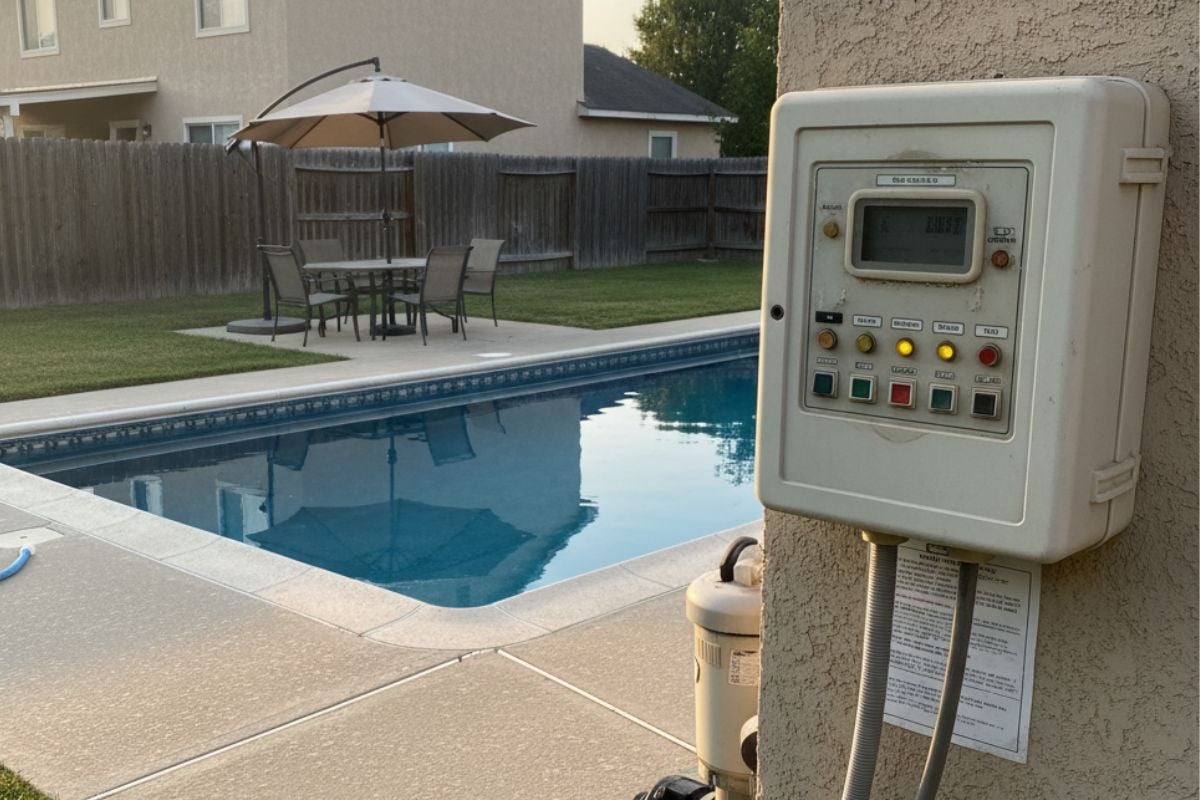
That fancy control panel from the early 2000s might once have been impressive, but now it’s just a blinking mystery box. Outdated automation systems can frustrate buyers who expect modern, smartphone-ready tech that makes pool care simple.
If the system no longer integrates with today’s devices, it feels more like a relic than a perk. Buyers would rather have a basic, user-friendly setup than something that needs a manual and a technician every week.
26. No Cover or Manual-Only Cover
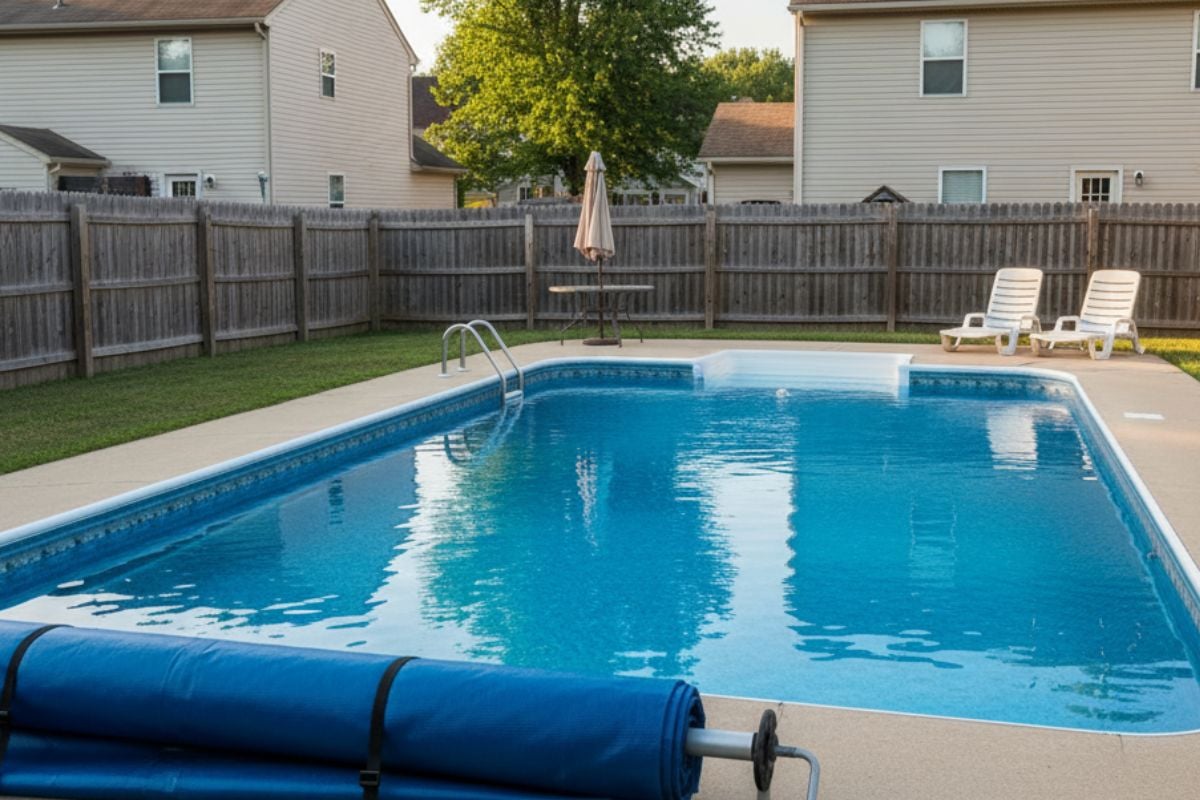
Pools without covers scream high maintenance, especially to families worried about debris, safety, or heating costs. A cover also signals energy efficiency and responsible ownership, so its absence feels like neglect. Even worse is a manual-only cover that requires serious muscle to drag on and off every time. Buyers often see it as a chore waiting to happen, which is hardly the vibe you want during a showing.
25. Too-Small Shallow Area for Play
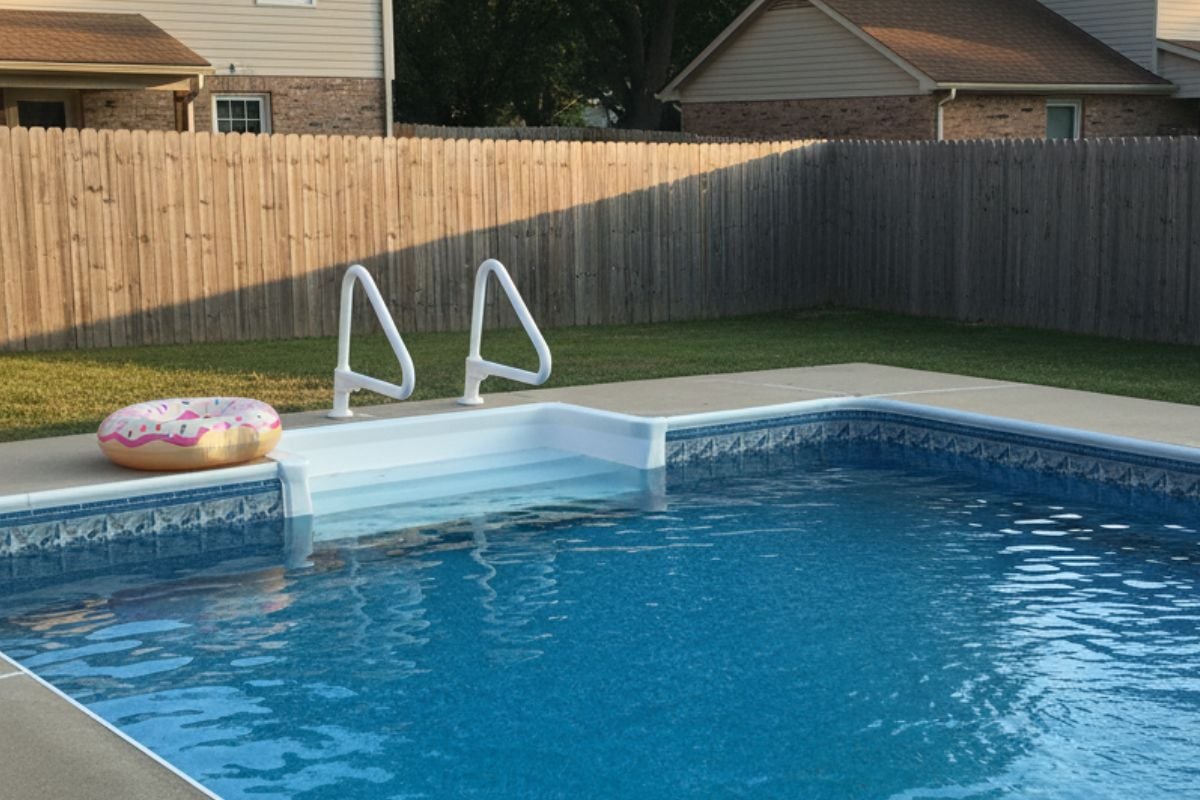
A shallow end that barely fits two people is a recipe for disappointment when entertaining friends or watching kids splash around. Families especially want space for safe swimming and casual lounging, not just a steep drop-off into deep water. When buyers imagine pool parties or summer afternoons, they picture a wide shallow area where everyone can gather. Without it, the pool feels less versatile and far less family-friendly.
24. In-Pool Stools and Table Hazards
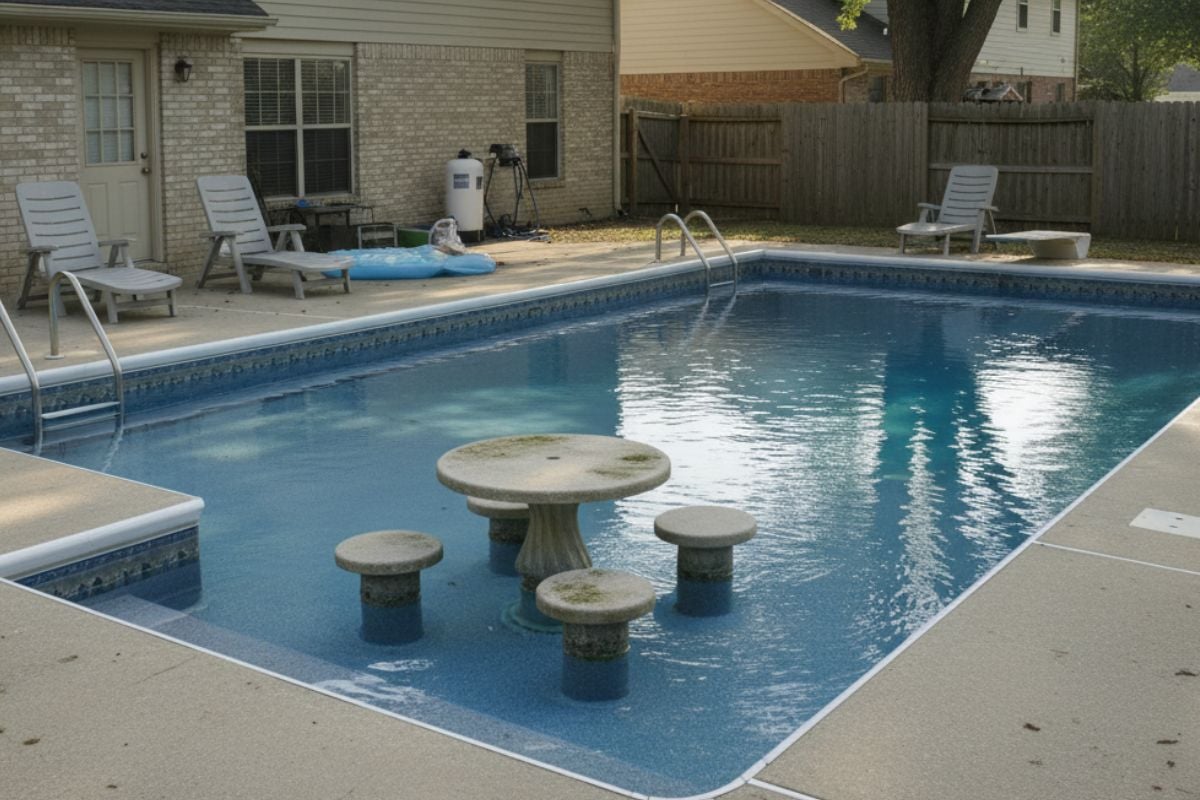
Swim-up seating might sound like a resort touch, but in residential pools it often looks awkward and clutters valuable space. These fixtures create tripping hazards underwater and limit flexibility for how the pool can be used. Maintenance is also trickier, since algae and grime love collecting around those fixed stools. Buyers tend to see them as gimmicky add-ons they’ll likely never use, but will definitely have to clean.
23. Swim-Up Bar—Dated and Impractical

Once a symbol of backyard luxury, swim-up bars now feel more like relics from a 1990s resort. They take up prime pool real estate while rarely being used in everyday life. The upkeep on counters, stools, and bar features is often more hassle than homeowners realize. Buyers today usually prefer an elegant poolside bar on dry land rather than sipping margaritas while half-submerged in chlorine.
22. Massive Tanning Ledge That Shrinks Pool
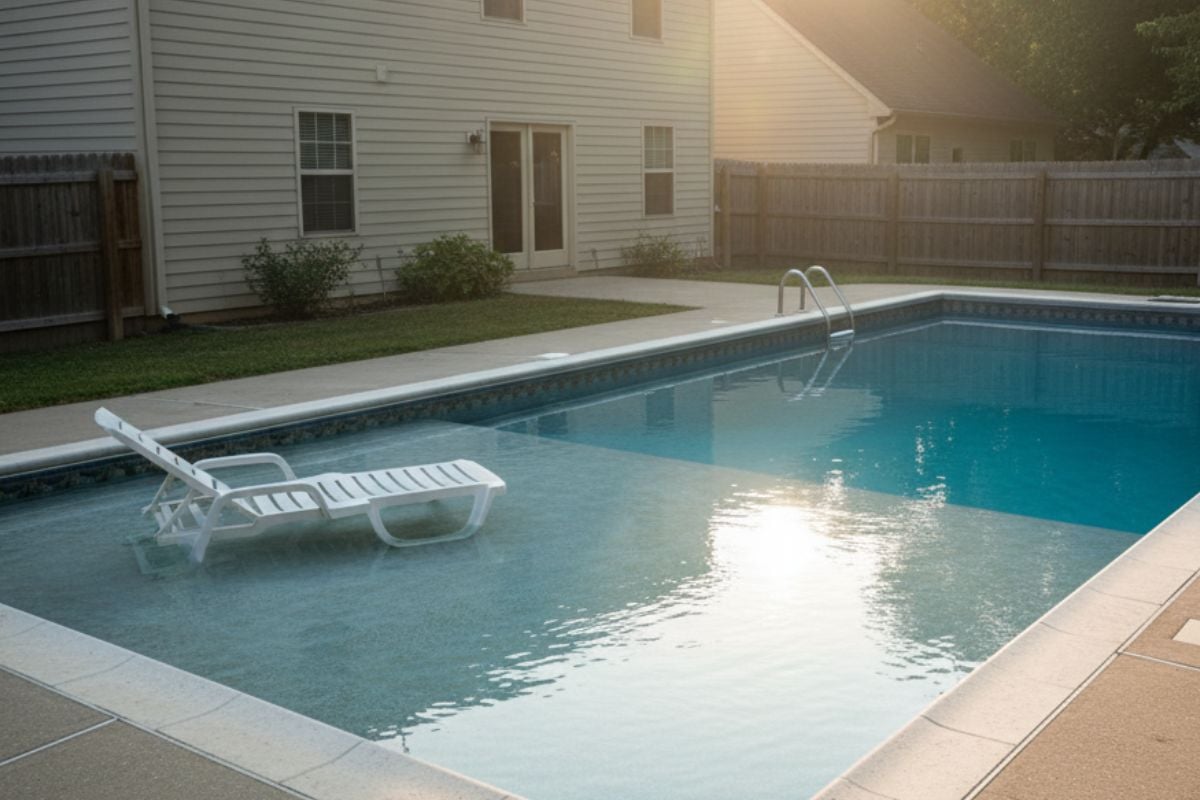
Tanning ledges can be great for lounging, but when they’re oversized, they eat up too much of the actual swimming area. Buyers want room to swim laps, float, or let kids play—none of which happens easily when half the pool is a shallow shelf. The feature also tends to feel like wasted space in smaller backyards. Instead of relaxing luxury, it reads as poor design that drains function from the pool.
21. Oversized Spa That Rarely Gets Used

Huge spas might seem like an impressive add-on, but they often end up looking like energy-guzzling money pits. Most buyers know they’ll rarely fill or heat such a large tub, especially if the main pool already meets their relaxation needs. The cost to run and maintain it is usually far more than the occasional benefit. Instead of being a wow-factor, it becomes one more thing to maintain—or avoid using entirely.
20. Cluttered Hardscape With Too Much Concrete
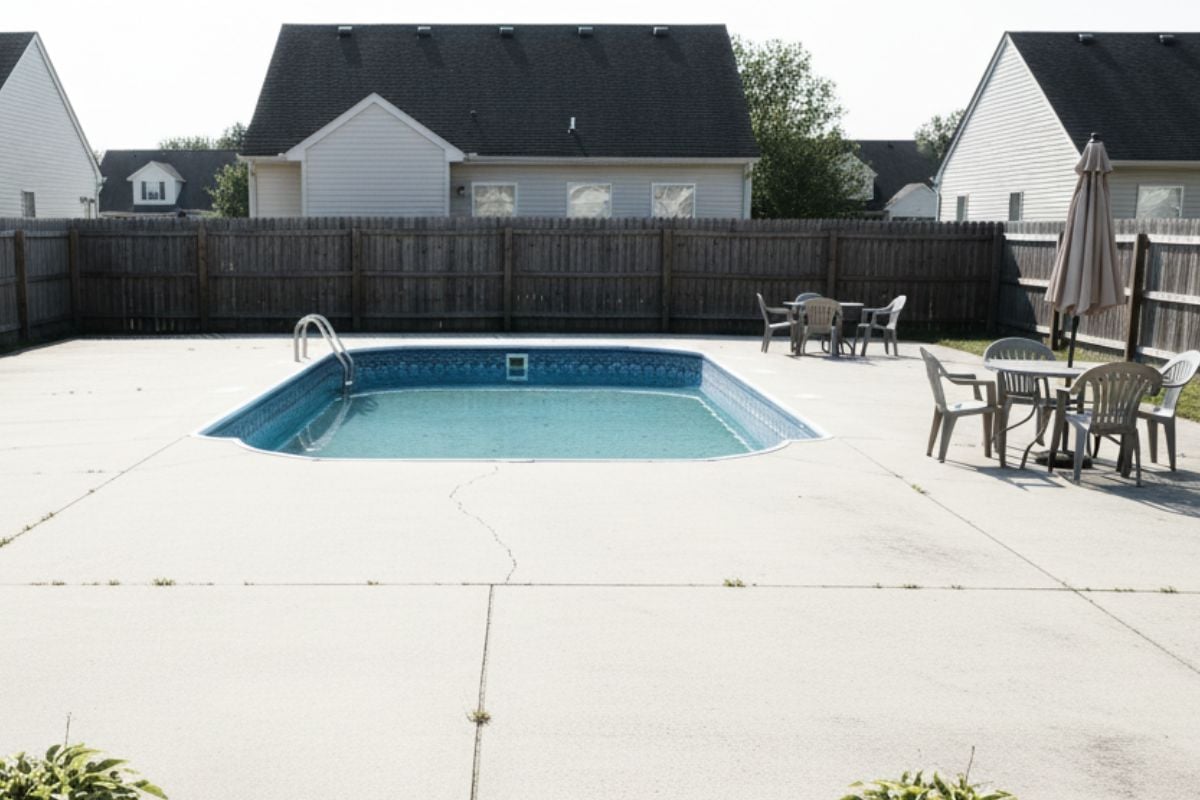
A pool surrounded by a sea of concrete looks uninviting and dated. Buyers prefer balanced outdoor spaces with greenery, shade, and visual warmth instead of feeling like they’re standing on a hot airport tarmac. Excessive hardscape also makes the yard feel sterile and overheated in summer months. A thoughtful mix of plants, pavers, and functional deck space sells far better than a monotone slab.
19. No Lighting or Harsh Halogen Lights
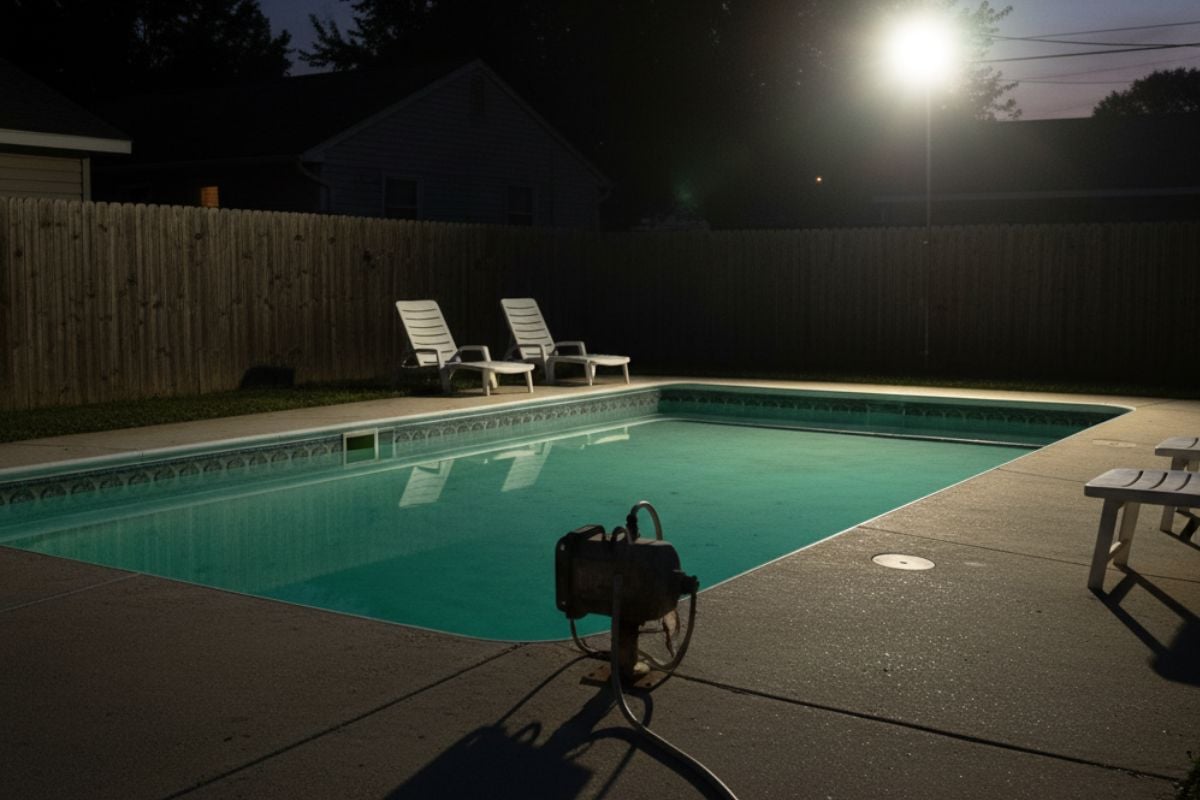
Buyers love the idea of evening swims, but nothing ruins the mood like harsh, outdated halogen bulbs. A poorly lit pool either feels unsafe or overly clinical, neither of which sparks visions of summer fun. LED lighting is now the standard, offering energy efficiency and customizable ambiance. When lighting is missing or outdated, buyers often add up the costs of upgrades in their heads—and deduct it from your asking price.
18. Overgrown Landscaping Shedding Debris
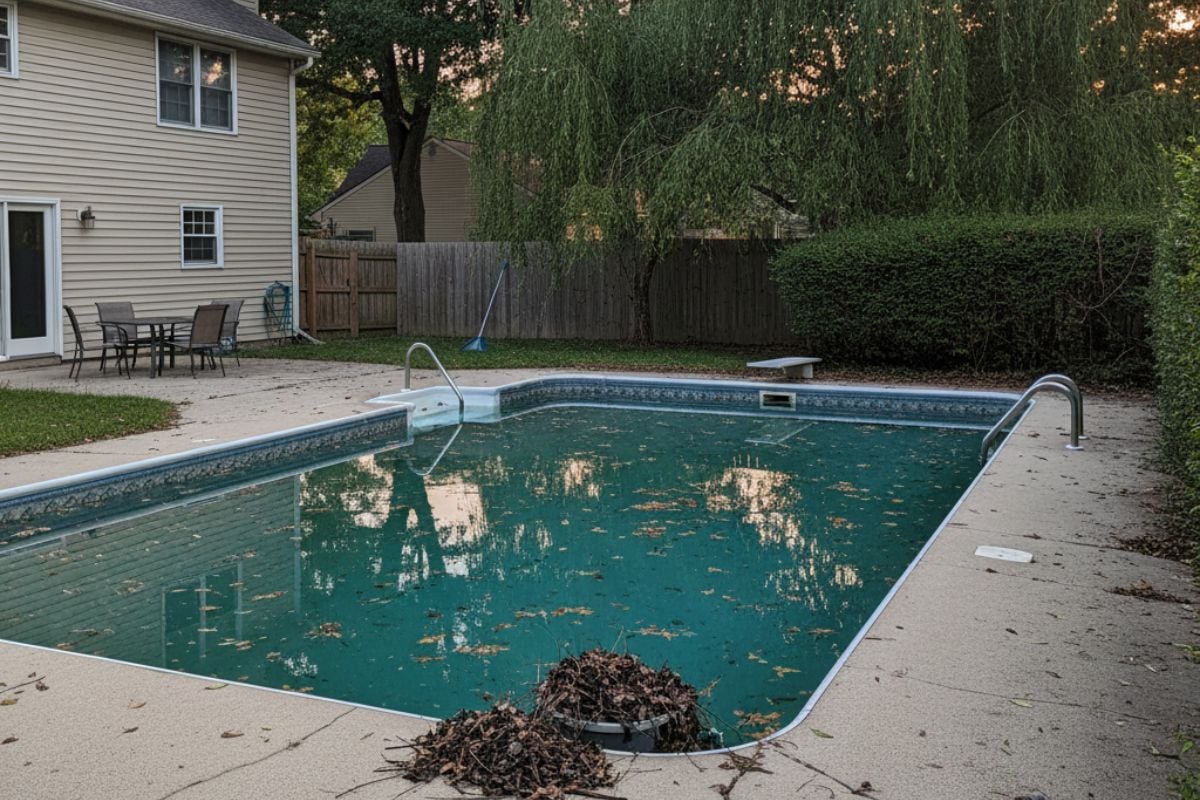
Trees that constantly shed leaves, flowers, or needles directly into a pool can make the backyard feel more like a full-time job than a retreat. Buyers immediately picture endless skimming, clogged filters, and higher chemical costs. Overgrown greenery also blocks sunlight, making pools colder and less inviting. Instead of lush and tropical, it reads as messy and expensive to maintain.
17. Salt System Corrosion on Metals
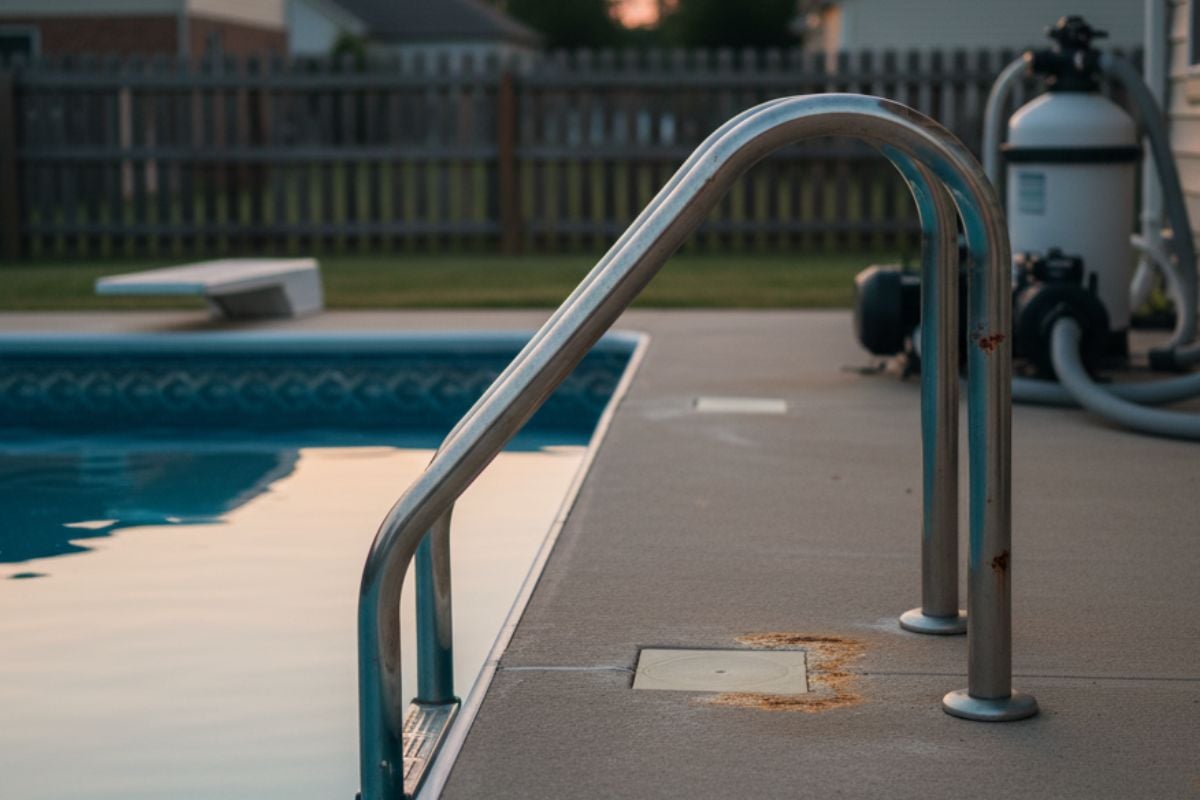
Saltwater pools sound appealing, but poorly managed ones often leave unsightly corrosion on ladders, rails, and pool equipment. Buyers see this damage and worry about hidden costs or the need to replace expensive fixtures. What was supposed to be an upgrade suddenly looks like a downgrade. It’s a quick way to drain resale value—literally and figuratively.
16. Loud, Exposed Equipment Pad

A pool pump that roars like a jet engine is not the soundtrack buyers want for their backyard oasis. Exposed, noisy equipment also ruins the aesthetics of outdoor living space. Simple enclosures or landscaping can hide and dampen the noise, but if it’s left bare, buyers see it as unfinished. They’ll imagine backyard parties where conversation competes with the pump, and that’s not a selling point.
15. Cracked Coping and Lifted Deck

Visible cracks or shifted decking scream “deferred maintenance” to prospective buyers. Not only are they unattractive, but they also raise concerns about safety and potential structural problems. Repair costs quickly run into thousands, and no buyer wants to inherit that right after purchase. Instead of seeing a refreshing pool, they see dollar signs slipping away like water through the cracks.
14. Slippery, Glossy Tile Decking

Pretty, glossy tiles may look stylish, but they turn into slip-and-fall hazards when wet. Buyers with kids, pets, or older family members immediately see the risk. Beyond the safety issue, glossy tiles often become stained or faded in harsh sun. What was intended as a chic upgrade ends up feeling more like a lawsuit waiting to happen.
13. Non-Compliant Main Drain Covers
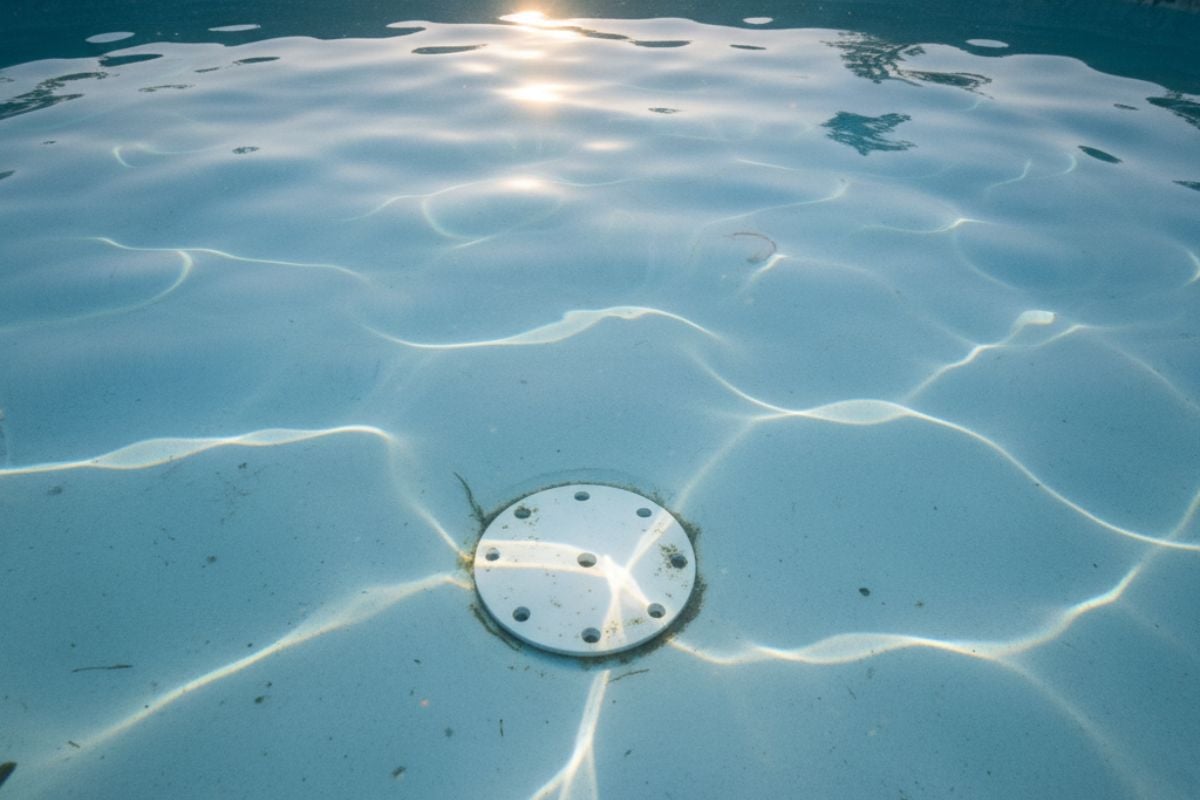
Most buyers don’t want to become pool code experts, but they know enough to be wary of outdated or unsafe drain covers. Non-compliant covers can create dangerous suction hazards, especially for children. Today’s standards require specific anti-entrapment features, and missing them is a huge red flag. Buyers often calculate the cost of updating and add that to their mental list of reasons to negotiate down.
12. No Safety Fence or Self-Latching Gate
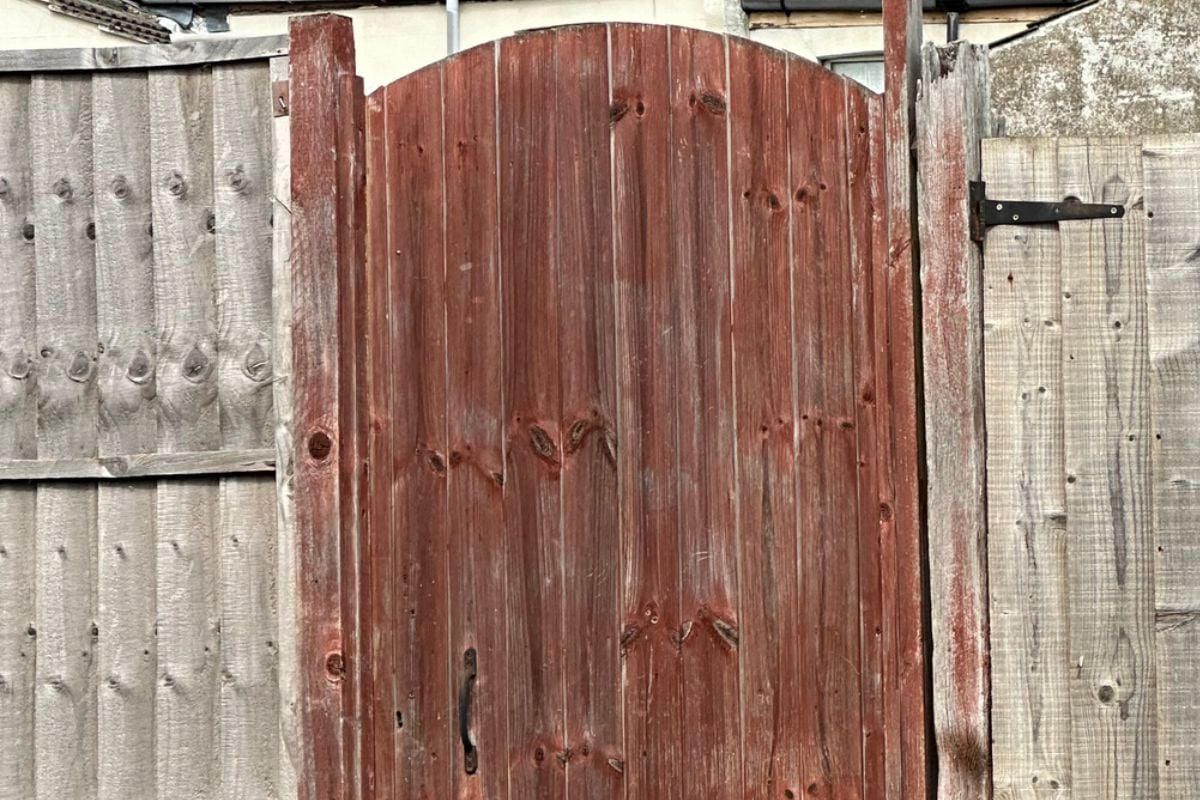
A pool without a proper safety barrier is often a dealbreaker, especially for buyers with kids or frequent visitors. Many regions even require fencing by law, so its absence can complicate inspections or insurance coverage. Beyond regulations, it’s about peace of mind—no one wants an accident on their conscience. Instead of charm, buyers see liability written all over the backyard.
11. Heater Without Solar or Heat Pump
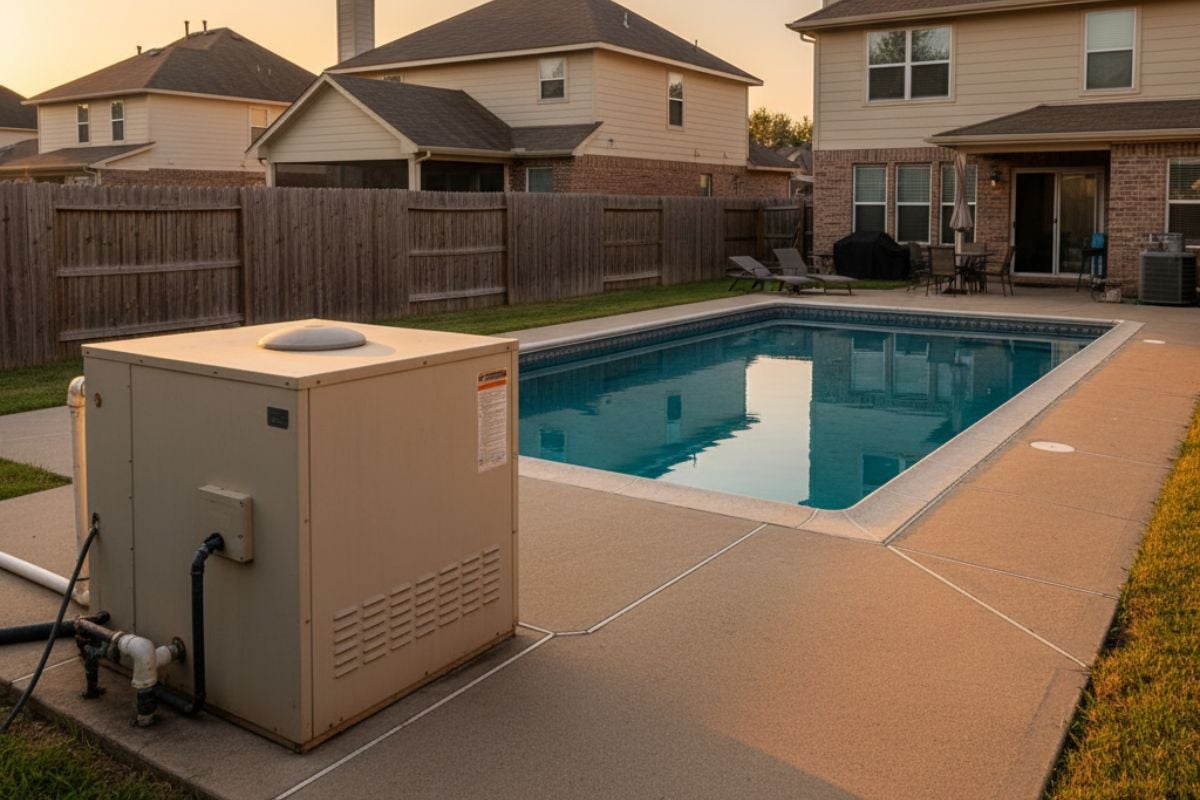
A pool heater that only runs on gas or electricity without efficient alternatives screams high utility bills. Buyers are increasingly eco-conscious and want features that balance comfort with cost savings. Without a solar option or heat pump, the pool feels outdated and expensive to operate. What could have been a luxury perk now looks like an energy burden.
10. Undersized, Aging Sand Filter
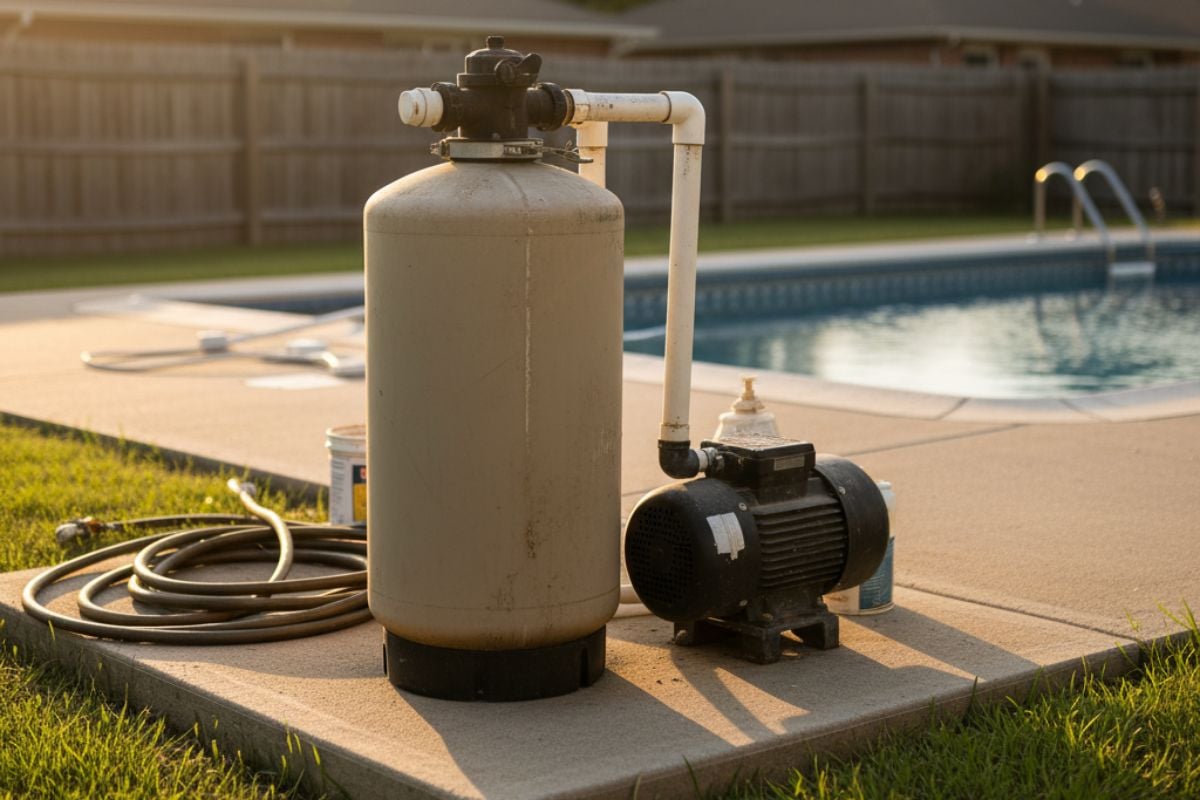
A pool’s filtration system is its beating heart, and an undersized or outdated filter spells trouble. Buyers know it means cloudy water, more chemical use, and higher maintenance. An aging filter also suggests the rest of the equipment may be nearing the end of its life. Instead of enjoying crystal-clear water, buyers picture endless battles with murk and repairs.
9. Single-Speed Pump Energy Hog
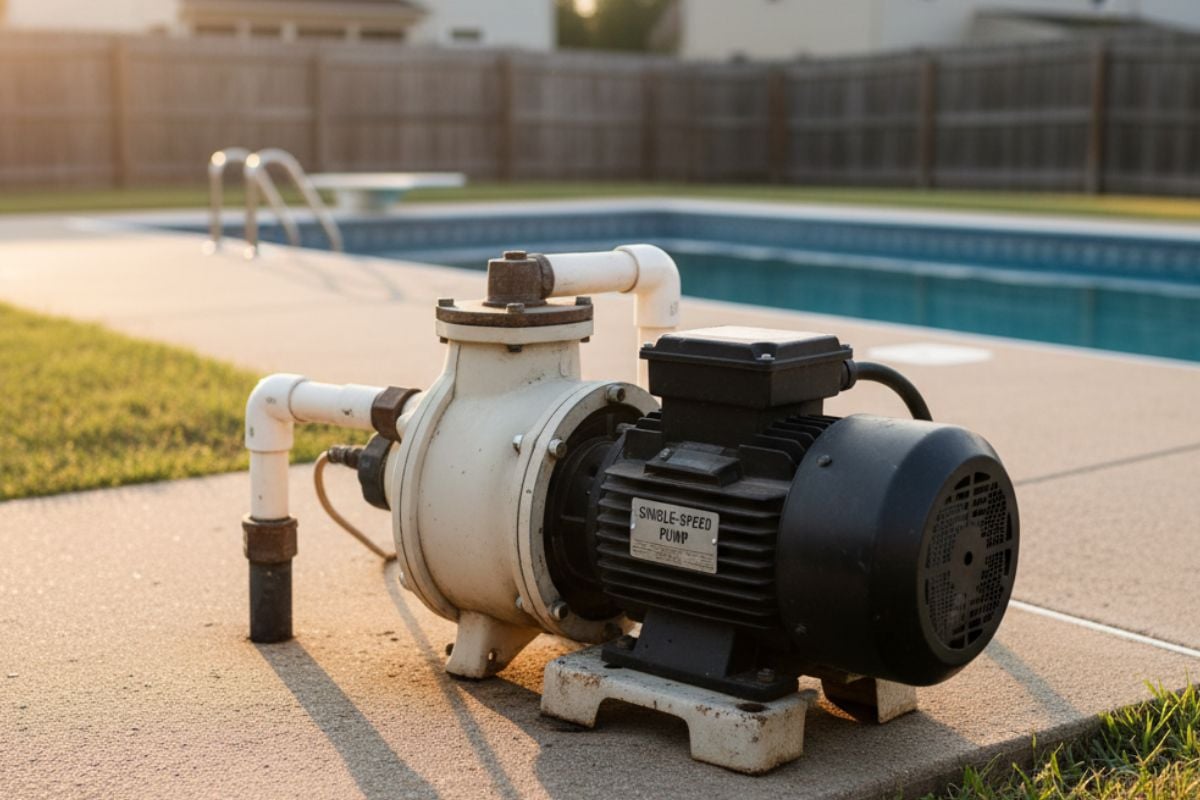
Single-speed pumps are notorious for draining both wallets and patience. Modern variable-speed pumps save hundreds per year on energy, while the old one-speed models cost buyers extra every single month. Savvy buyers now expect efficiency and quiet operation, not outdated clunkers. Keeping one in place signals to buyers that the pool hasn’t been modernized in years.
8. Above-Ground Pool Dominating Yard

Above-ground pools often read as temporary, bulky, and low-budget compared to in-ground designs. They take up valuable yard space while offering little in terms of lasting appeal. Buyers see maintenance issues, short lifespans, and the hassle of removal if they don’t want it. Far from adding value, they often drag it down by making the yard feel cluttered and less functional.
7. Outdated Kidney or Amoeba Shapes

Odd-shaped pools that once seemed stylish now feel dated and awkward. Buyers want clean, modern lines that maximize usable space, not a squiggly design that complicates furniture layouts and pool covers. Quirky shapes also make repairs and liners more expensive. Instead of charming retro appeal, they come across as reminders of a design era better left in the past.
6. High-Maintenance Glass Tile Bands
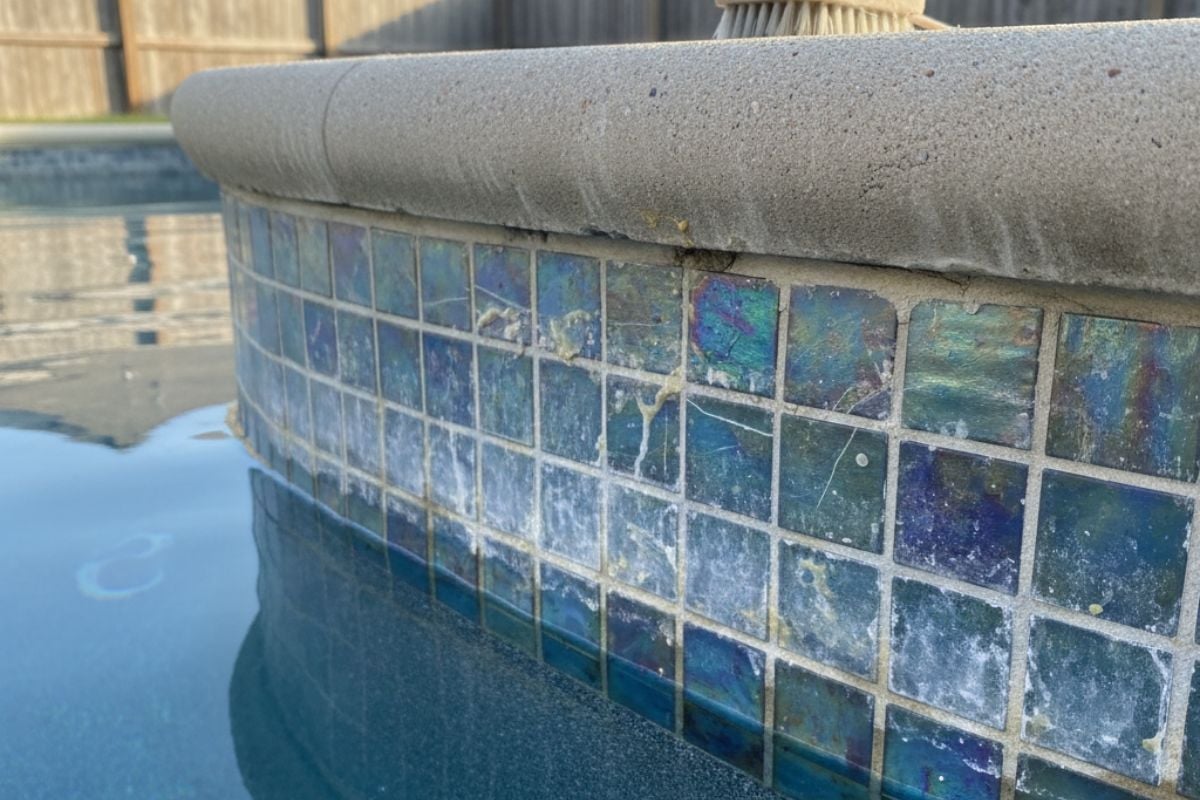
Glass tile bands might sparkle in photos, but in real life they collect grime, scale, and sunscreen residue like magnets. Buyers see endless scrubbing in their future rather than effortless glamour. Cracked or faded sections are also expensive to repair or replace. What was supposed to be an upscale detail often ends up reading as an impractical money pit.
5. Faded or Torn Vinyl Liner

Vinyl liners that are peeling, faded, or torn instantly kill the impression of a well-maintained pool. Buyers know liners can cost thousands to replace, and the damage suggests the rest of the pool may also be neglected. Discoloration also makes water look dirty even when it isn’t. Instead of imagining summer fun, buyers see another big-ticket project waiting to happen.
4. Black or Very Dark Plaster
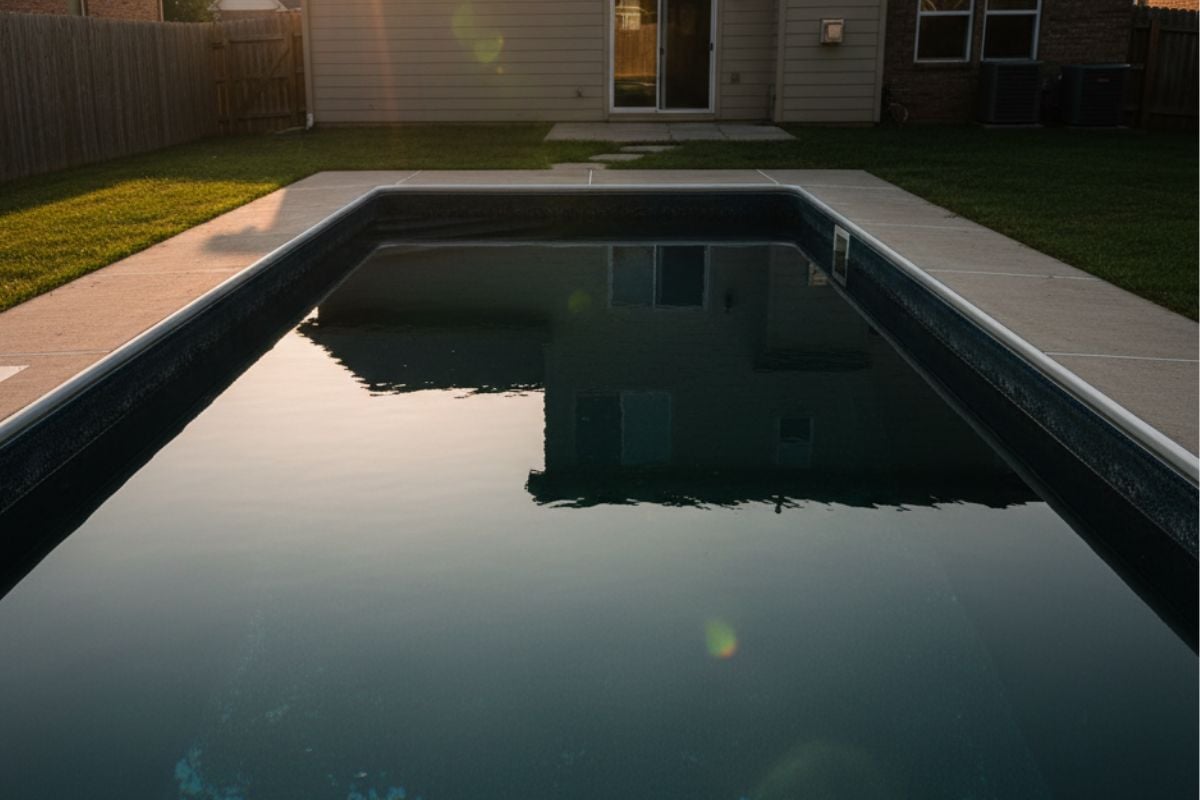
While dramatic, dark plaster often gives water an uninviting, murky appearance that makes buyers uneasy. It can also show imperfections and scale far more clearly than lighter finishes. In hot climates, black plaster can even make pool water uncomfortably warm. What might have been intended as chic sophistication often gets read as unappealing and high-maintenance.
3. Faux-Rock Grottos and Waterfalls
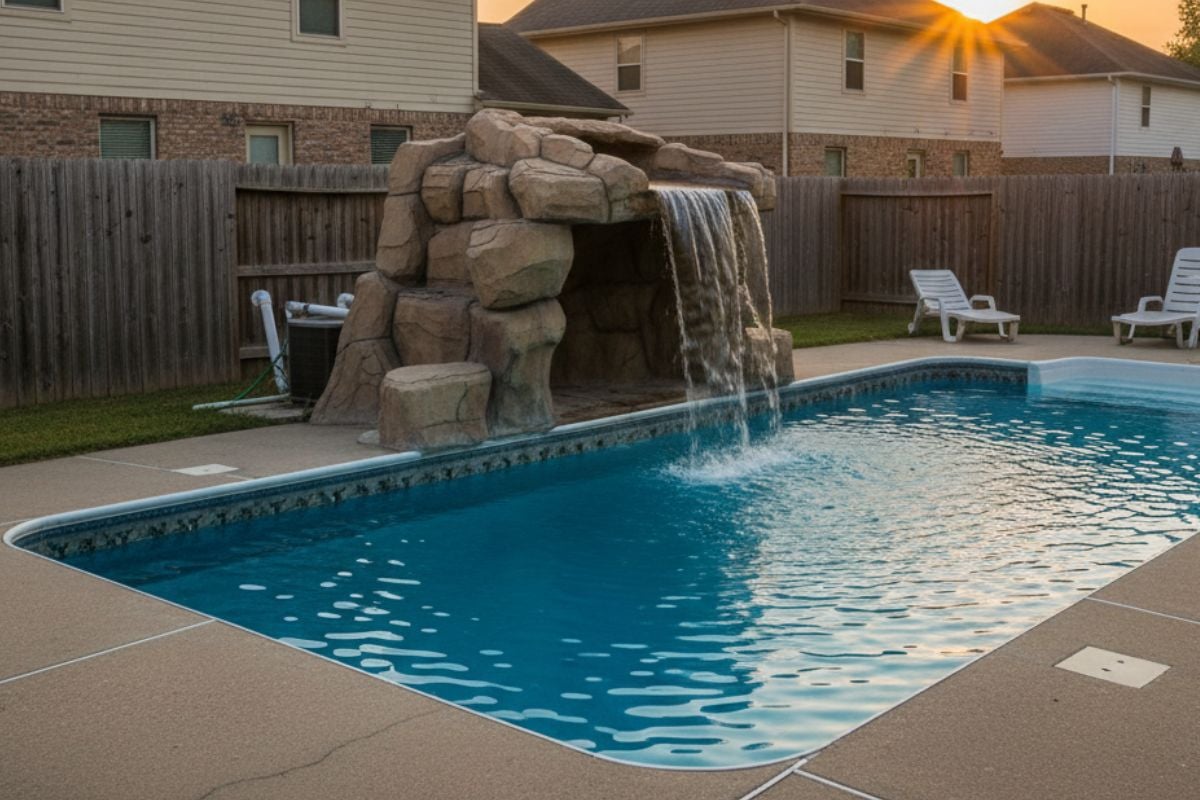
Over-the-top grottos and waterfalls often feel more like theme-park gimmicks than timeless backyard features. They eat up valuable space, require heavy upkeep, and can look tacky as trends change. Buyers also calculate the hidden maintenance costs of pumps and repairs tied to these add-ons. Instead of adding wow-factor, they can overwhelm a yard and drain appeal.
2. Diving Boards and Tall Slides
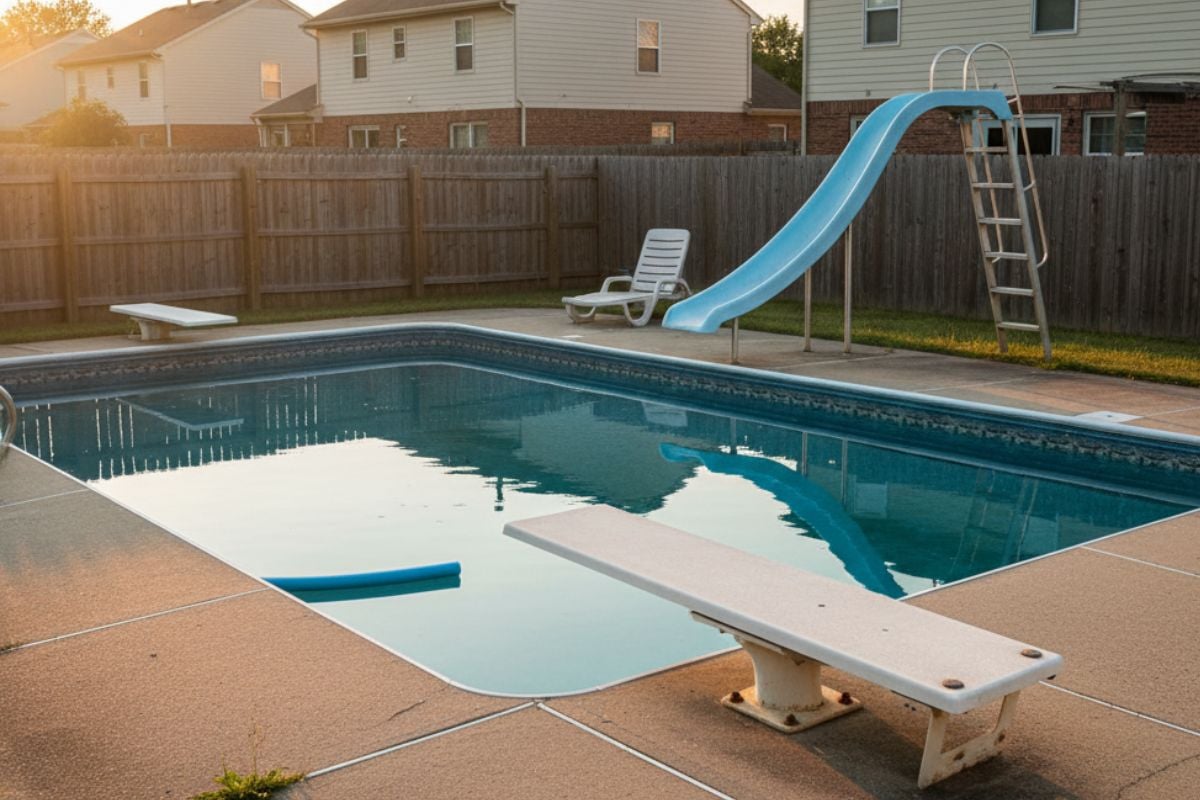
Diving boards and tall slides might thrill kids, but buyers often see them as major liabilities. Insurance costs can rise, safety becomes a constant concern, and not all pools are deep enough for them to even be safe. Wear and tear also make them look dated and risky. What was once a family perk can easily scare off cautious buyers.
1. Oversized Deep End Wasting Usable Area
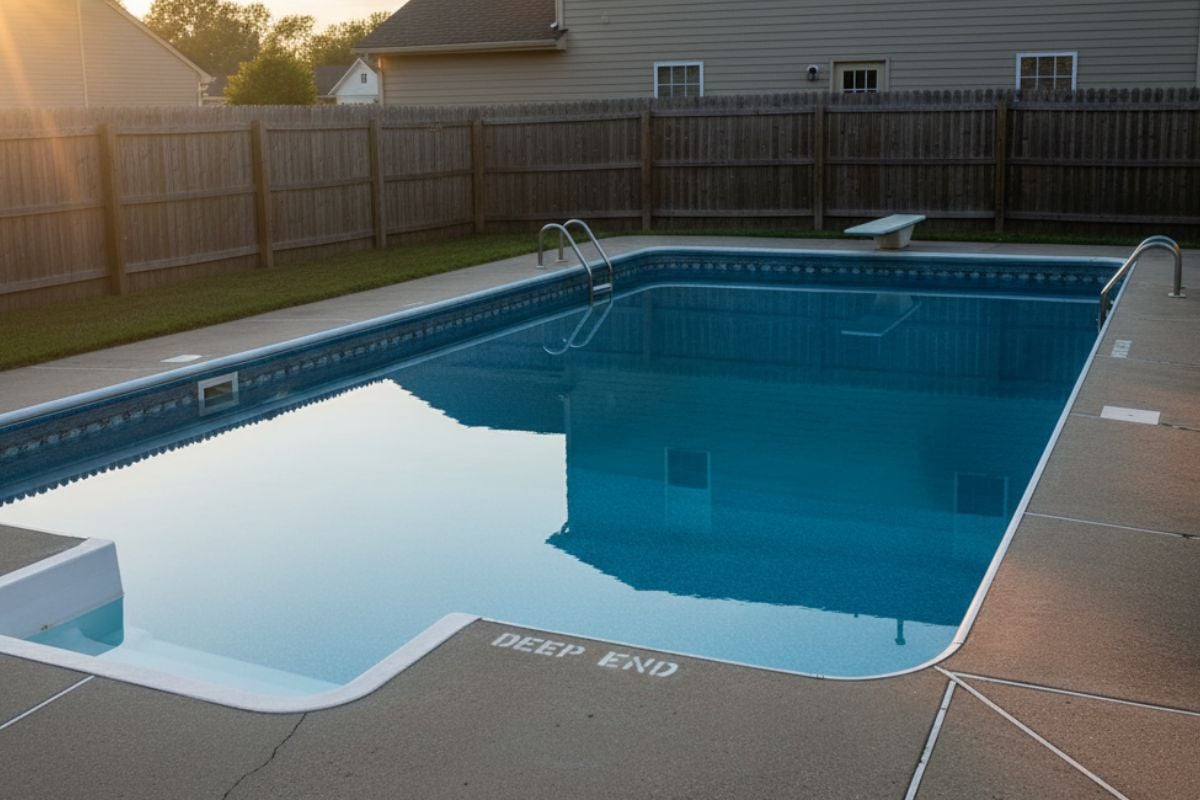
A deep end that takes up most of the pool reduces flexibility for everyday use. Families want to wade, play, and lounge—not feel like they’re swimming laps in a hotel dive tank. Buyers quickly notice when the usable shallow space is sacrificed for depth. Instead of being seen as a luxury, an oversized deep end reads as poor design that limits fun and function.




